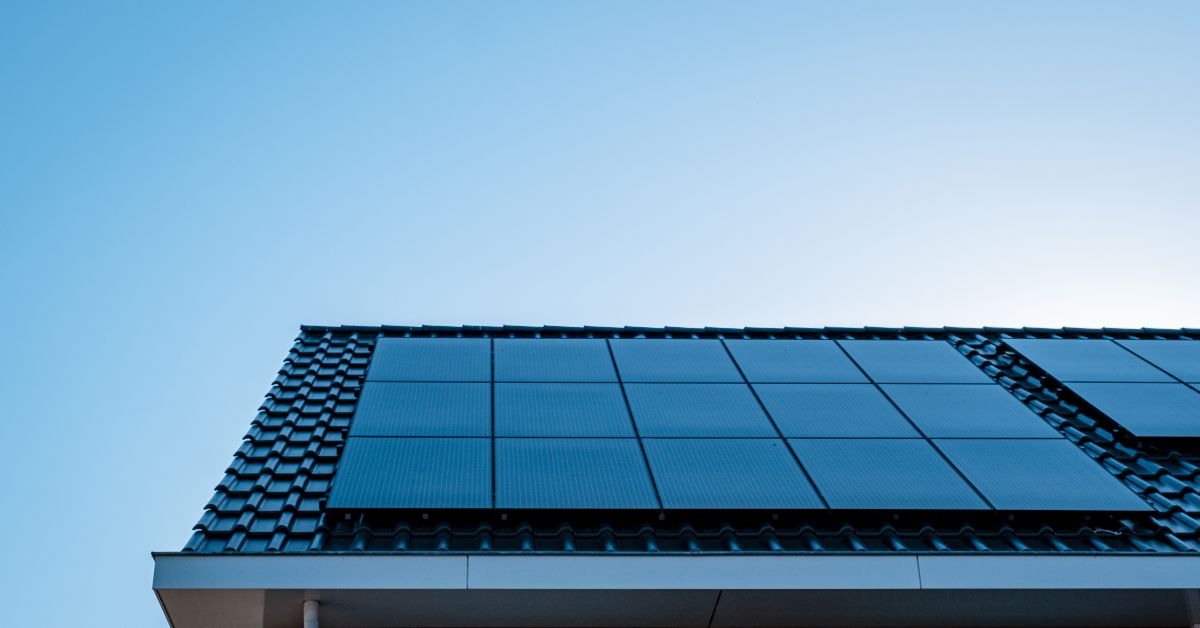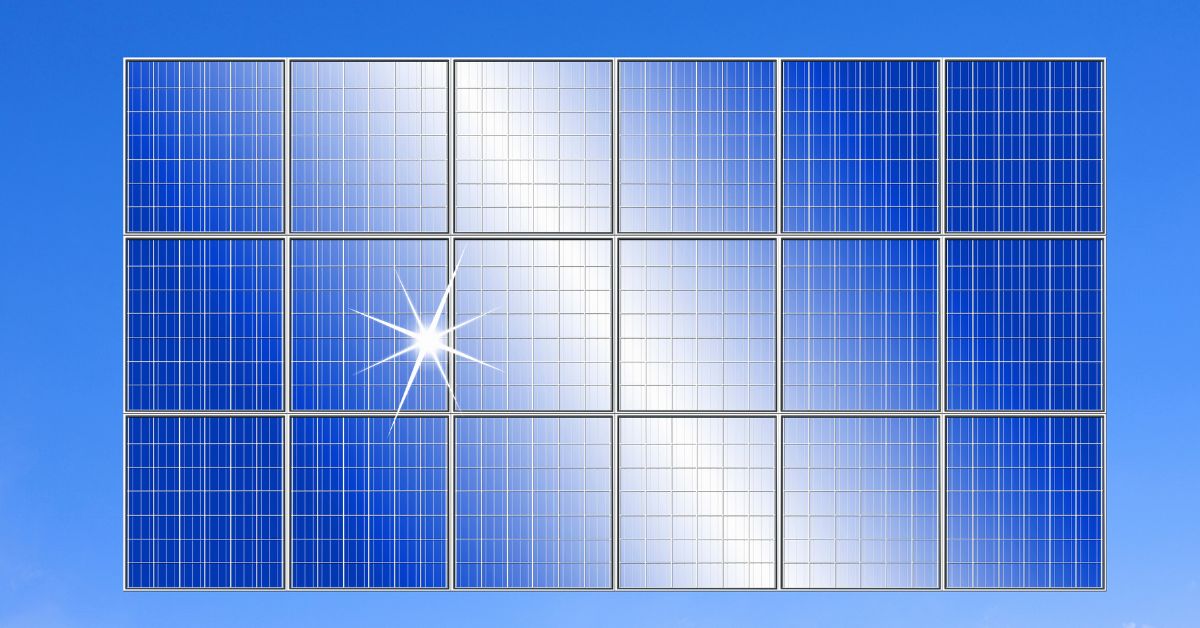Solar Panel Manufacturers in The World
Know the details about Solar Panel Manufacturers in The World, Solar panel manufacturers play a pivotal role in driving the global transition to renewable energy. These companies design and produce photovoltaic (PV) panels that convert sunlight into electricity, offering sustainable alternatives to fossil fuels.
Leading manufacturers, such as Longi Solar, JinkoSolar, and Trina Solar, utilize cutting-edge technology and innovation to enhance efficiency and lower costs. They operate large-scale factories across multiple continents, producing panels for residential, commercial, and industrial applications. With a focus on quality, performance, and durability, these manufacturers help reduce carbon emissions, support energy independence, and meet the growing global demand for clean, renewable energy solutions.
Table of Contents
Solar Panel Manufacturers in the World: A Comprehensive Guide
Introduction: The global shift toward renewable energy has made solar power one of the most sought-after energy sources. As climate change becomes a pressing concern, the demand for solar panels has skyrocketed. Many countries and businesses are investing in solar energy to meet energy needs while reducing carbon footprints. Behind this massive push toward solar energy is manufacturers producing solar panels that convert sunlight into electricity.
This comprehensive blog post will explore solar panel manufacturers across the world, discussing their roles, technological advancements, market shares, regional dynamics, and challenges. We will dive deep into the world of solar panel manufacturing, covering the industry’s giants, emerging players, and factors shaping the market today.
Overview of the Global Solar Panel Market
Growth of Solar Energy:
The global solar panel market has been growing steadily for the past decade, driven by the increasing focus on renewable energy, government incentives, and advancements in solar technology. According to reports from leading energy institutions, the global solar energy capacity reached over 1 terawatt in 2022, with projections showing an even more significant rise in the years to come.

This growth is facilitated by:
- Declining costs of photovoltaic (PV) modules
- Increased efficiency of solar panels
- Growing awareness of environmental concerns
- Government subsidies and tax incentives
- Corporations seeking clean energy solutions
Role of Solar Panel Manufacturers:
Solar panel manufacturers are the backbone of the solar industry. They are responsible for producing the modules that make solar energy possible. These manufacturers have to meet the growing demand by continuously innovating and improving the efficiency of their products, reducing costs, and expanding their production capacity.
Types of Solar Panels: A Technological Breakdown
Solar panels generally come in three main types, each with distinct advantages and technological features.
Monocrystalline Solar Panels:
- Efficiency: These panels are the most efficient due to the high purity of silicon used in the production process. They can convert up to 22% of sunlight into usable electricity.
- Cost: They are typically the most expensive, owing to the complex production process.
- Manufacturers: Companies like SunPower and LONGi Solar are known for producing high-efficiency monocrystalline solar panels.
Polycrystalline Solar Panels:
- Efficiency: These panels have a lower efficiency (around 15%-17%) than monocrystalline panels, as they are made from silicon fragments melted together.
- Cost: Polycrystalline panels are cheaper to produce, making them more affordable for large-scale solar installations.
- Manufacturers: Trina Solar and Canadian Solar are notable producers of polycrystalline panels.
Thin-Film Solar Panels:
- Efficiency: Thin-film panels are less efficient (about 10%-12%) but are lightweight and flexible.
- Cost: They are less expensive than crystalline panels and are suitable for applications where flexibility is required.
- Manufacturers: First Solar is a major producer of thin-film panels.
Top Solar Panel Manufacturers in the World
Several companies dominate the global solar panel market, producing a large share of the world’s solar panels. Below are some of the largest and most influential players:

a. LONGi Solar (China):
LONGi Solar is one of the world’s largest manufacturers of monocrystalline solar panels. The company has focused on developing high-efficiency solar cells and modules, making it a leader in the solar industry.
- Founded: 2000
- Key Products: Monocrystalline PV modules, bifacial solar panels
- Global Reach: Operates in over 50 countries, with significant market shares in China, Europe, and North America.
- Technology: LONGi is known for its innovative PERC (Passivated Emitter Rear Cell) technology, which improves panel efficiency.
b. Jinko Solar (China):
Jinko Solar is another Chinese solar giant that produces a broad range of solar products, including monocrystalline and polycrystalline panels.
- Founded: 2006
- Key Products: Solar modules, cells, and integrated solutions
- Global Reach: Jinko Solar has a strong global presence, with manufacturing facilities in China, Malaysia, and the United States.
- Achievements: Jinko Solar often ranks as the world’s largest solar panel manufacturer by volume.
c. Trina Solar (China):
Trina Solar is a well-established player in the solar industry, specializing in the production of both polycrystalline and monocrystalline panels.
- Founded: 1997
- Key Products: Solar modules, systems integration, energy storage solutions
- Global Reach: The company has shipped more than 77 GW of solar modules worldwide.
- Achievements: Trina Solar has been consistently recognized for its innovation and technology leadership in the renewable energy sector.
d. Canadian Solar (Canada):
Despite its name, Canadian Solar operates manufacturing facilities primarily in China, but it maintains a Canadian headquarters.
- Founded: 2001
- Key Products: PV modules, energy storage systems, inverters
- Global Reach: Canadian Solar has a significant global market presence, with customers in over 150 countries.
- Achievements: The company is one of the top five solar module suppliers globally.
e. First Solar (United States):
First Solar is one of the largest U.S.-based solar panel manufacturers, specializing in thin-film solar technology.
- Founded: 1999
- Key Products: Thin-film PV modules, utility-scale solar solutions
- Global Reach: First Solar has a strong presence in North America, Europe, and emerging markets like India.
- Achievements: First Solar’s cadmium telluride (CdTe) thin-film panels are known for their durability and performance in high-temperature environments.
f. SunPower (United States):
SunPower is known for its high-efficiency monocrystalline solar panels, which are among the best in the industry.
- Founded: 1985
- Key Products: High-efficiency solar panels, solar energy storage, and home energy solutions
- Global Reach: SunPower focuses primarily on the residential market in the U.S., but it also has operations in Europe and Australia.
- Achievements: SunPower consistently ranks at the top for the highest-efficiency solar panels.
g. REC Group (Norway):
REC Group is a European leader in solar manufacturing, producing both monocrystalline and polycrystalline modules.
- Founded: 1996
- Key Products: Solar panels, solar cells, and systems for residential, commercial, and utility applications
- Global Reach: The company is well-known in Europe, North America, and Asia.
- Achievements: REC Group has built a reputation for producing durable, high-quality solar products.
h. Hanwha Q Cells (South Korea):
Hanwha Q Cells is a global leader in solar cell technology, known for its commitment to research and innovation.
- Founded: 1999
- Key Products: Solar modules, cells, complete photovoltaic solutions
- Global Reach: Hanwha has operations in Asia, Europe, and North America, serving a wide range of clients.
- Achievements: The company has consistently been a top solar manufacturer in terms of total production capacity.
Regional Solar Panel Manufacturing: Trends and Insights
a. China: The Solar Powerhouse
China dominates the global solar panel manufacturing market, producing over 70% of the world’s solar panels. The Chinese government has heavily invested in solar energy to combat pollution and reduce reliance on coal.

Key Players in China:
- LONGi Solar
- Jinko Solar
- Trina Solar
Challenges in China:
While China is a manufacturing hub, the market faces challenges like the ongoing U.S.-China trade tensions, tariffs on Chinese solar products, and internal issues related to overcapacity and environmental regulations.
b. United States: High Innovation, Limited Production
The U.S. is home to several leading solar panel manufacturers, but the country’s production capacity is limited compared to China. U.S. companies like First Solar and SunPower focus on high-efficiency, innovative technologies but face stiff competition from cheaper Chinese imports.
Key Players in the U.S.:
- First Solar
- SunPower
c. Europe: Sustainability and Quality
Europe is home to several reputable solar panel manufacturers, especially in countries like Germany, Norway, and Spain. European solar manufacturers focus on high-quality products with a strong emphasis on sustainability and environmental protection.
Key Players in Europe:
- REC Group (Norway)
- Solarwatt (Germany)
d. Emerging Markets: India, Brazil, and South Africa
Emerging economies like India and Brazil are ramping up their solar panel production capabilities, driven by a need to meet growing energy demands while reducing reliance on fossil fuels. India, in particular, has become a major player, both in manufacturing and solar energy deployment.
Key Players in Emerging Markets:
- Adani Solar (India)
- Vikram Solar (India)
Challenges and Opportunities in Solar Panel Manufacturing
a. Supply Chain Disruptions
The COVID-19 pandemic and geopolitical tensions have caused significant disruptions in the global solar panel supply chain, affecting the availability of raw materials like polysilicon and other essential components.
b. Price Fluctuations
The price of solar panels has been steadily declining over the years, but recent supply chain issues and increasing demand for raw materials have led to price fluctuations. Manufacturers need to balance cost reductions with the need to invest in research and development.
c. Technological Advancements
New technologies like bifacial panels, which can capture sunlight on both sides and tandem cells, which layer different types of solar cells to increase efficiency, represent significant opportunities for manufacturers. Companies that invest in these technologies are likely to dominate the market in the future.
d. Environmental Concerns
While solar energy is environmentally friendly, the manufacturing process for solar panels can have a significant environmental impact. The use of toxic chemicals, high energy consumption, and waste generation are concerns that manufacturers must address through sustainable practices and recycling programs.
Future Trends in Solar Panel Manufacturing
a. Increased Efficiency
Solar panel manufacturers are constantly working to improve the efficiency of their products. While the average efficiency of commercial solar panels is around 18%, new technologies are pushing this figure closer to 25%.

b. Integration with Energy Storage
As solar energy becomes more mainstream, integrating solar panels with energy storage solutions like lithium-ion batteries will become essential. Manufacturers that offer integrated systems will have a competitive advantage in the market.
c. Localized Manufacturing
The push for localized manufacturing, especially in regions like the U.S. and Europe, is gaining momentum. Local production reduces reliance on imports, helps create jobs, and reduces the carbon footprint associated with shipping solar panels across the globe.
d. New Materials
Research into new materials for solar panels, such as perovskites, is ongoing. Perovskite solar cells have the potential to be cheaper and more efficient than traditional silicon-based cells, representing a major shift in the industry.
FAQs About Solar Panel Manufacturers in The World
Q1. Who are the largest solar panel manufacturers globally?
The largest solar panel manufacturers include companies like JinkoSolar, LONGi, Trina Solar, Canadian Solar, and First Solar. These companies dominate global production and market share.
Q2. What factors determine the quality of solar panels from different manufacturers?
The quality of solar panels depends on efficiency, durability, warranties, certifications, materials used (like silicon type), and the reputation of the manufacturer.
Q3. Which countries are leading in solar panel manufacturing?
China, the U.S., Germany, South Korea, and Japan are among the leading countries. China, in particular, produces over 70% of the world’s solar panels.
Q4. What are the differences between Tier 1, Tier 2, and Tier 3 solar panel manufacturers?
Tier 1 manufacturers have strong financial backing, high production volumes, and proven reliability. Tier 2 manufacturers are typically smaller and less established, while Tier 3 producers are often new, with less-tested products and smaller operations.
Q5. How do solar panel manufacturers address environmental concerns?
Many manufacturers use eco-friendly production processes, recycle materials, and minimize waste. Some companies also focus on producing panels with lower carbon footprints.
Q6. What are the warranties typically offered by solar panel manufacturers?
Most solar panel manufacturers offer product warranties of 10-25 years and performance guarantees that ensure a certain level of efficiency for 25-30 years.
Q7. How do solar panel manufacturers ensure product durability?
Manufacturers test their panels for resistance to extreme weather, UV exposure, high temperatures, and mechanical stress to ensure longevity and performance in various climates.
Q8. What is the difference between monocrystalline and polycrystalline solar panels?
Monocrystalline panels are made from a single crystal structure and offer higher efficiency, while polycrystalline panels are made from multiple crystal fragments and are typically more affordable but slightly less efficient.
Q9. Are there solar panel manufacturers specializing in off-grid systems?
Yes, several manufacturers specialize in producing panels and systems optimized for off-grid applications, such as those used in remote locations, boats, and RVs.
Q10. How do solar panel manufacturers innovate to improve efficiency?
Manufacturers are constantly developing new technologies like PERC (Passivated Emitter and Rear Cell) technology, bifacial panels, and tandem cells to enhance energy conversion efficiency.
Q11. What certifications should I look for when choosing a solar panel manufacturer?
Look for certifications like IEC, UL, CE, and ISO, which indicate that the panels meet global safety, performance, and quality standards.
Q12. What role do solar panel manufacturers play in reducing global energy costs?
By scaling up production and innovating in solar technology, manufacturers help lower the overall cost of solar panels, making renewable energy more affordable and accessible globally.
Q13. How do solar panel manufacturers collaborate with other industries?
Solar panel manufacturers often collaborate with industries such as construction, automotive, and energy storage to integrate solar technology into buildings, vehicles, and smart grids.
Q14. What challenges do solar panel manufacturers face in supply chains?
Manufacturers face challenges like fluctuating raw material costs (e.g., silicon), geopolitical tensions, transportation delays, and dependence on specific regions for critical materials.
Q15. What trends are shaping the future of solar panel manufacturing?
The future trends include automation in manufacturing, increased focus on sustainability, development of perovskite solar cells, and efforts to improve the recycling of old solar panels to create a circular economy.
The global solar panel manufacturing industry is a dynamic and rapidly evolving space. From established giants like LONGi Solar and Jinko Solar to innovative players like First Solar and SunPower, manufacturers worldwide are working to meet the growing demand for clean, renewable energy. As technology advances and sustainability becomes even more critical, the solar industry will continue to grow and transform, playing a crucial role in the global transition to renewable energy.
The future of solar panel manufacturing will be shaped by factors such as technological innovation, regional policies, and the need for sustainable practices. However, one thing is certain: solar power is here to stay, and solar panel manufacturers will continue to play a vital role in shaping the energy landscape for years to come.
Click here to learn more about Solar Panel Manufacturers in The World
Click here to learn more about Home Appliances That Can Run on Solar Energy

